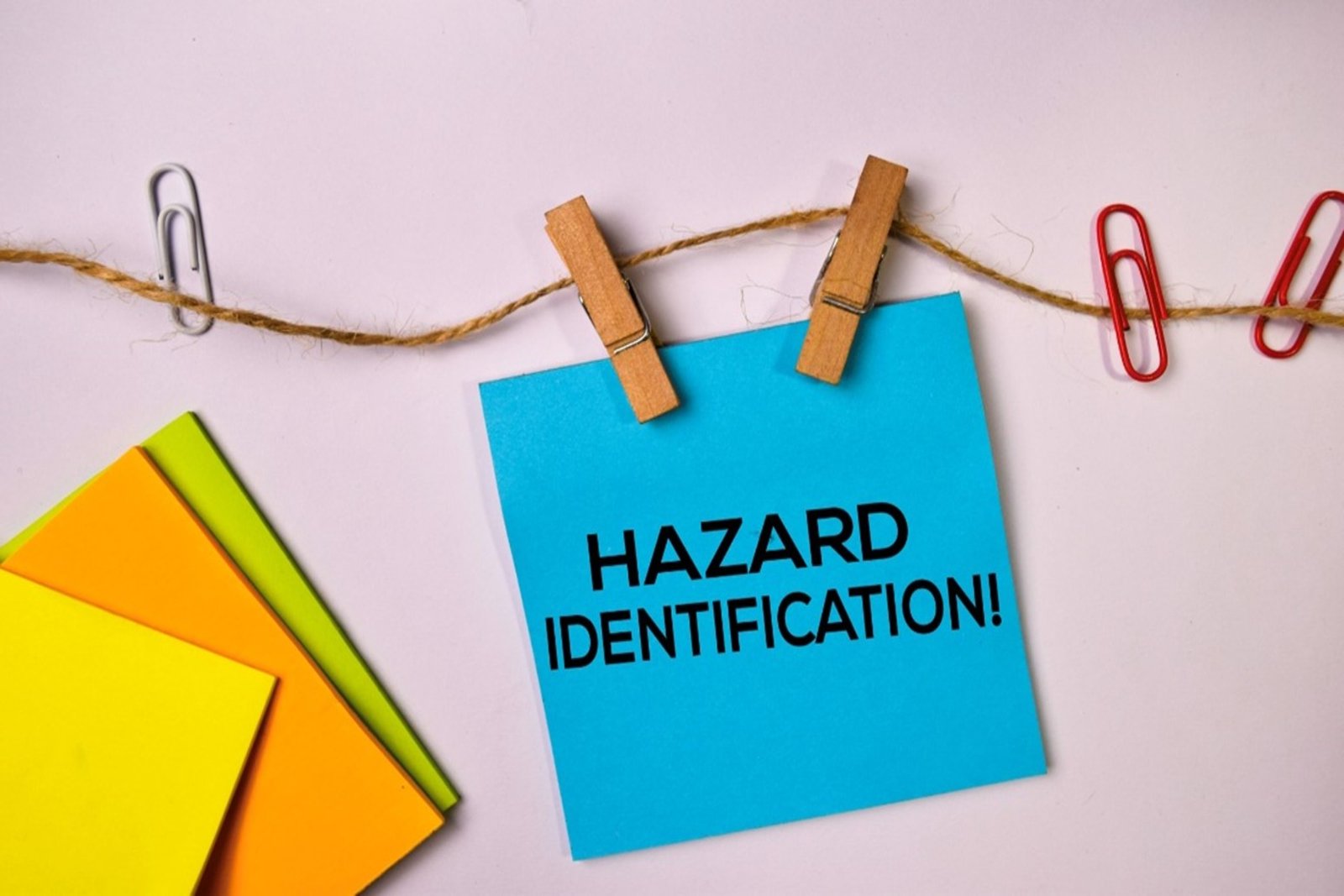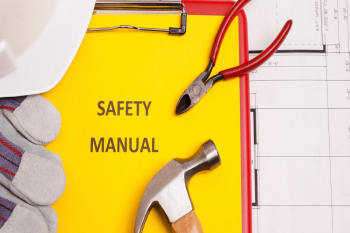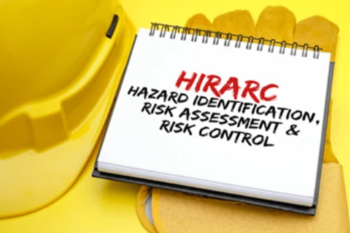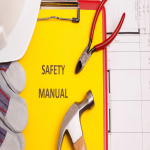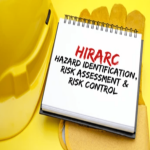FAQ- HAZID
Q1. What is the Objective of HAZID?
A1. The objective of Hazard Identification (HAZID) is as follows:
HAZID (Hazard Identification) is a technique for early identification of potential hazards and threats from a project, plant, or a plant modification. It is therefore likely to be the first formal HSE-related study for any new project. The major benefit of HAZID is that early identification and assessment of the critical HSE hazards provides essential input to project development decisions. This will lead to safer and more cost-effective design options being adopted with a minimum cost of change penalty.
Q2. Which software will be used for the HAZID study?
A2. Following Software is used in HAZID Study
PHA Pro version 8.1 software.
Q3. What reference is commonly used for HAZID Study?
A3. References that are commonly used for HAZID Study are as follows:
IS 15656 (2006) “Hazard Identification and Risk Analysis-Code of Practice”
Guideline for Engineering Design for Process Safety by CCPS, AICHE
A guide to Hazard and Studies, published by Chemical Industries Association Limited, London, 1979 (prepared initially in ICI)
“Guideline for HAZARD Evaluation Procedures”, CCPS, AICHE
Q4. What is the HAZID Workshop Plan?
A4. The plan for HAZID Workshop is as follows
Data Request
HAZID Workshop
Draft report preparation and submission to Client
Review and Comments
Incorporation of comments and submission of final report
Closure of Recommendations
Q5. What is the methodology for HAZID Study?
A5. Methodology used for HAZID study is as follows:
Prior to start of the HAZID study, an introductory session with the following steps shall be convened.
A short biographical sketch by each team member that identifies his/her skills and experiences.
The Facilitator with the help of Project Engineer/Process Representative, if necessary, will identify the various project/plant areas and within them sub-parts presenting a homogenous hazard profile
A presentation of the purpose and scope of the HAZID study shall be made by the Facilitator to focus the efforts of the team members
A presentation is made by the Facilitator of the methodology to be used in the HAZID study. This establishes a common starting basis for the team that is necessary to conduct an effective HAZID study.
The parameters of the Risk Matrix shall be presented to the team for subsequent use in the qualitative risk assessments of the hazards identified during the HAZID review.
Depending on the stage of the project, the Process /Project Engineer shall detail an overall explanation of the plant/unit’s process so that all team members have a clear understanding of the basic operations of the plant. This also acquaints the team members with typical scenarios that may lead to a hazardous condition.
Q6. What are the steps for HAZID Study?
A6. Following steps are followed in HAZID Study:
Methodology adopted for HAZID study as per following principal steps;
a) Select the appropriate section/area of the plant.
b) Define the design intent of the area and process conditions.
a) Select the first/next Hazard Category (Refer Appendix I).
b) Apply the first/next guide word, which when combined with the Hazard Category will give the hazard scenarios (Refer Appendix I).
c) Determine (by brainstorming) all the potential causes of the hazards.
d) Agree on the credibility of each cause.
e) Assess the consequences of each cause; assess the protection and the prevention provided against the causes and its consequences.
f) Assess the likelihood of each hazard.
g) Assign a risk level for each hazard using the Risk Assessment Matrix. Standard Controls in place and all safeguards considered in the design shall be accounted while assigning the risk level.
h) Agree on a recommendation for action or further consideration of the problem (if applicable).
i) Apply the next guide word (relevant to the selected Hazard Category).
j) Apply the next Hazard Category until they have all been considered.
k) Switch to the next area of the plant /project until the whole study area has been examined.
Q7. What are the documents required for the HAZID Study?
A7. The documents required for the HAZID Study are as follows:
Following data/ information/ details are required during Hazard Identification session.
Project Execution HSE plan;
HSE Action tracking register (including FEED HSE recommendation status);
Project HSE Risk Register;
Work method statements;
Approved pipeline route layout, facility layouts, P&ID’s highlighting the tie-ins and PFDs;
FEED HSE Study Reports (FEED HAZID, QRA, FERA, EERA);
Equipment Datasheets; &
Lessons learnt (if available) from incidents and accidents of similar projects
Q8. What are documents deliverables for HAZID Study?
A8. The documents deliverables for the HAZID Study are as follows:
Executive Summary
Objective of the study
Scope of Work
HAZID Methodology
HAZID Worksheet
Results of HAZID Study
List of Recommendation
Comments Resolving sheets
List of Appendixes
Q9. How does HAZID differ from other hazard assessment techniques?
A9. HAZID differ from other hazard assessment techniques by following ways:
HAZID focuses specifically on identifying hazards early in the design or operational phase of a project, whereas other techniques such as HAZOP (Hazard and Operability Study) or FMEA (Failure Mode and Effects Analysis) delve deeper into specific aspects like operability or failure modes.
Q10. Who typically participates in a HAZID session?
A10. HAZID team includes the following:
HAZID sessions typically involve a multidisciplinary team comprising process engineers, safety professionals, operators, maintenance personnel, and other relevant stakeholders. This diversity ensures comprehensive coverage of potential hazards from various perspectives.
Q11. What types of hazards are typically identified in a HAZID study?
A11. Type of hazards identified in HAZID study are as follows:
Hazards identified in a HAZID study may include chemical spills, fires, explosions, toxic releases, environmental contamination, process deviations, equipment failures, human errors, and external factors such as natural disasters or security threats.
Group 1: - Occupational Safety & Process Safety Hazards
Safety Hazards
Utility System Hazards
Other hazards within the facility
Group 2: -Environmental Aspects and Impact
mpact of natural and environmental Hazards
Effects of the facility on the surrounding
Effects of Manmade hazard/constraints
Effects from infrastructures
Group 3: - Occupational Health Hazards
Ergonomics/Psychological
Physical hazards
Chemical hazards
Biological
Group 4: - project implementation issue
Contracting Strategy
Hazard Recognition and Management
Contingency Planning
Interfaces
Competency
Others
Q12. What methods or tools are used in a HAZID study?
A12. Following methods/tools are used in HAZID Study:
Various methods and tools may be employed, including brainstorming sessions, checklists, process flow diagrams, hazard matrices, bowtie diagrams, and scenario-based analysis. Computer software such as PHA Pro may also facilitate data collection, analysis, and documentation.
Q13. What are some challenges associated with conducting a HAZID study in the chemical industry?
A13. Challenges associated with conducting a HAZID study are as follows:
Challenges may include capturing all potential hazards, especially those arising from complex processes or interactions between different systems. Ensuring active participation and engagement from all stakeholders, managing conflicting priorities, and interpreting data accurately are also common challenges.
Q14. How frequently should HAZID studies be conducted in the chemical industry?
A14. Following is the frequency of the HAZID Study:
HAZID studies should be conducted at key stages of a project lifecycle, such as during the design phase, prior to process modifications, or after significant incidents or near misses. Regular reviews and updates are also necessary to account for changes in operations, technology, regulations, or external factors that may impact risk.
Q15. What information does the executive summary of a HAZID Report typically include?
A15. Executive summary of a HAZID Report typically includes the following information:
The executive summary of a Hazard Identification (HAZID) report typically includes key information summarizing the findings and conclusions of the study.
It typically includes:
Purpose of the HAZID: This section briefly outlines the objectives and scope of the HAZID study, clarifying why it was conducted and what it aimed to achieve.
Methodology: A concise description of the methodology used in the HAZID process, including any specific tools, techniques, or approaches employed to identify and assess hazards.
·Key Findings: Summarizes the main hazards identified during the study, including their nature, potential consequences, and any relevant contributing factors or scenarios.
Risk Assessment: Provides an overview of the risk assessment process, highlighting significant risks and their associated levels of severity, likelihood, and priority.
Recommendations: Outlines any recommendations or actions proposed based on the findings of the HAZID study, including measures to mitigate identified risks and enhance safety.
Conclusion: A brief concluding statement summarizing the overall implications of the HAZID findings and the importance of addressing identified hazards.
Next Steps: Sometimes, the executive summary may include a section on recommended next steps, outlining how stakeholders should proceed in response to the findings and recommendations of the HAZID study.
Appendices: If applicable, any supporting documentation or additional details may be included in the appendices section for reference.
Q16. How HAZID Worksheet looks like?
A16. Following is the format for HAZID Worksheet:
Q17. What is the Comment Resolution Sheet?
A17. The meaning of Comment Resolution Sheet (CRS) is as follows:
A comment resolution sheet is a document used to track and address comments, feedback, or issues raised during a review process, audit, or evaluation.
DISCLAIMER
This Blog is provided solely for informational and educational purposes. It is advisable to verify all information presented and consult with appropriate experts or professionals before making any decisions or implementing any strategies based on the content of this blog. HSE Risk Management Services Pvt. Ltd. accept no liability for any actions taken or not taken based on the information provided herein.
THANK YOU
